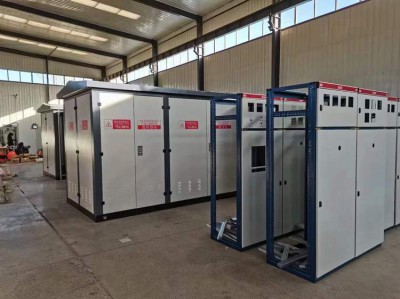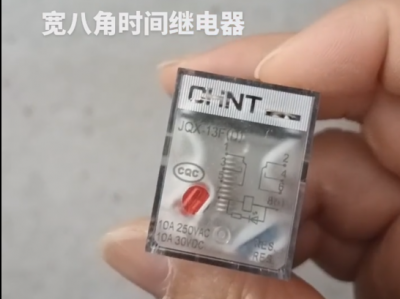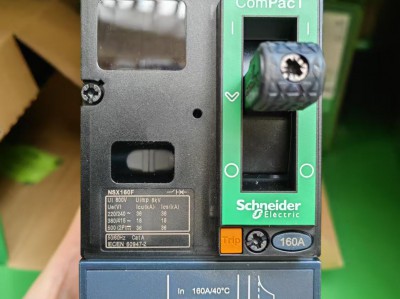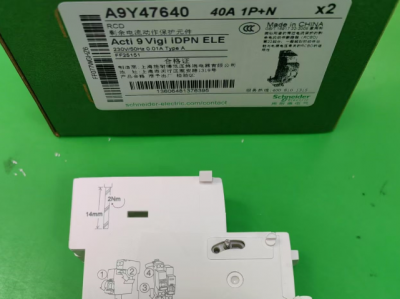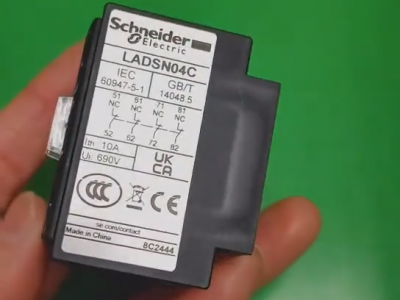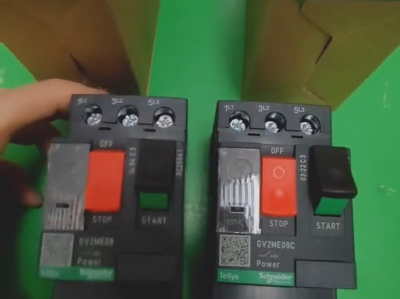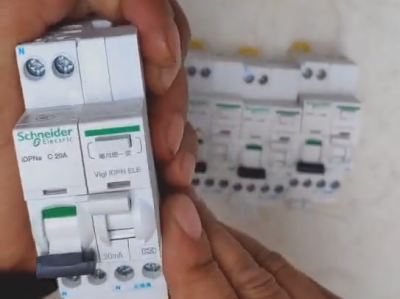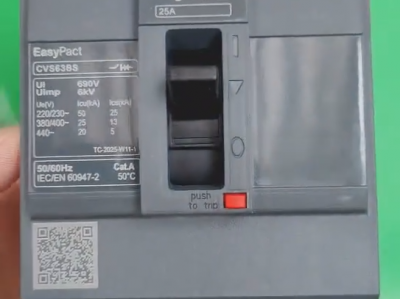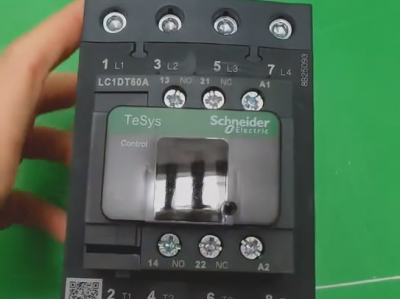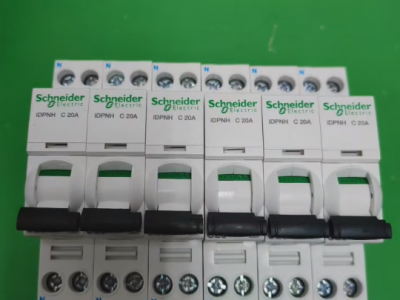Chint DTSU666 DIN-Rail Mounted Electric Meter
Product description
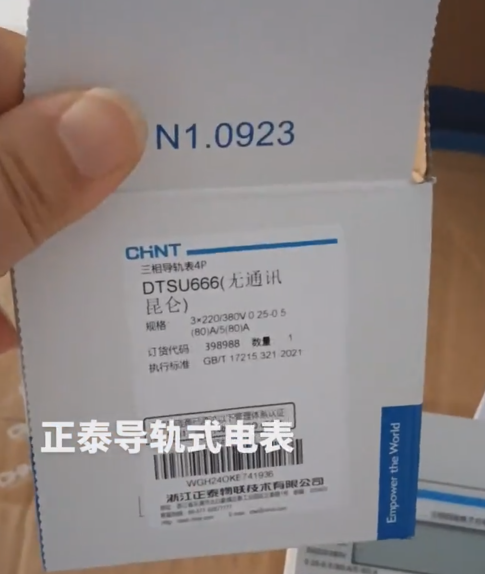
The Chint DTSU666 DIN-rail mounted electric meter is a three-phase four-wire electronic energy meter, mainly used for power monitoring and energy measurement.
- **Main Applications**: Designed to meet the needs of power monitoring and energy measurement in power systems, construction industry, etc. It can perform real-time measurement and display of parameters in electrical circuits, such as three-phase voltage, three-phase current, active power, reactive power, frequency, forward/reverse active energy, and four-quadrant reactive energy. It is widely used in energy assessment and monitoring within industrial and mining enterprises as well as large public buildings.
- *Chint DTS634 electricity meter *Performance Indicators**: Complies with relevant technical standards including GB/T 17215.211, GB/T 17215.301, GB/T 17215.321, GB/T 17215.323, and DL/T 645.
- **Product Features**:
- Has the functions of measuring and storing forward/reverse active energy, combined active energy, combined reactive energy, and four-quadrant reactive energy, with configurable combined mode characteristic codes.
- Equipped with an RS485 communication port, supporting ModBus-RTU or DL/T 645 protocols (except for meters without communication function).
- Supports multi-tariff function, with a maximum of four tariffs (peak, on-peak, flat, and off-peak), and also supports demand measurement.
- Supports external control function, with a maximum of 2 relay outputs.
- Adopts standard DIN35mm rail-mounted installation, featuring a modular structure design, small size, and easy installation.
- **Technical Parameters**:
- Reference voltages include multiple specifications such as 3×220/380V and 3×57.7/100V.
- Current specifications cover 0.015-0.075(6)A, 1.5(6)A, 0.25-0.5(80)A, 5(80)A, 0.4-1(100)A, etc.
- Accuracy classes: Class 0.5S and Class 1 for active energy; Class 2 and Class 3 for reactive energy.
- Rated operating voltage range: 0.9Un ~ 1.1Un; Extended operating voltage range: 0.8Un ~ 1.15Un; Extreme operating voltage range: 0Un ~ 1.15Un.
- Power consumption of voltage circuit: ≤1.5W and 6VA; Power consumption of current circuit: ≤0.2VA or ≤0.4VA; Data retention time after power failure: ≥10 years.
The accuracy class classification of the Chint DTSU666 DIN-rail mounted electric meter strictly adheres to national standards and adopts differentiated configurations based on different current specifications and wiring methods.
1. Core Basis for Accuracy Class Classification
1.1 Accuracy Classes of Active Energy Meters
In accordance with the national standard GB/T 17215.321-2021 *Special Requirements for Electrical Measuring Equipment (AC) - Part 21: Static Active Energy Meters (Class A, B, C, D, and E)*, the active energy accuracy of the DTSU666 is divided into two classes: **Class 0.5S** and **Class 1**.
- **Class 0.5S**: Suitable for light-load scenarios. It requires that within the current range of 1% ~ 120% of the rated current, the error does not exceed ±0.5%. For example, when the current specification is 1.5(6)A, high-precision measurement can still be maintained even if the current is as low as 0.015A (1% of In).
- **Class 1**: Suitable for normal-load scenarios. It requires that within the current range of 5% ~ 120% of the rated current, the error does not exceed ±1%. For example, when the current specification is 5(80)A, the current must be ≥0.25A (5% of In) to meet the accuracy requirements.
1.2 Accuracy Classes of Reactive Energy Meters
According to GB/T 17215.323-2022 *Special Requirements for Electrical Measuring Equipment (AC) - Part 23: Static Reactive Energy Meters (Class 2 and Class 3)*, the reactive energy accuracy of the DTSU666 is uniformly **Class 2**, with an error range of ±2%. This class is suitable for reactive energy measurement needs in most industrial and commercial scenarios.
2. Accuracy Configuration for Different Current Specifications
The accuracy class of the DTSU666 is directly related to the current specification, as detailed in the table below:
| Voltage Specification | Current Specification | Active Energy Accuracy | Reactive Energy Accuracy |
| 3×57.7/100V | 1.5(6)A | Class 0.5S | Class 2 |
| 3×100V | 1.5(6)A | Class 0.5S | Class 2 |
| 3×220/380V | 5(80)A | Class 1 | Class 2 |
- **Typical Application Scenarios**:
- **Class 0.5S Configuration**: Often used in power plants, substations, or industrial environments with high accuracy requirements for small currents, such as energy assessment of precision instrument production lines.
- **Class 1 Configuration**: Suitable for places with relatively stable normal loads and small load fluctuations, such as office buildings and shopping malls. It can not only meet the measurement needs but also control costs.
3. Impact of Wiring Methods on Accuracy
3.1 Direct Connection Mode
When the current specification is ≤80A and the line voltage is ≤500V, direct connection to the circuit is allowed. In this case:
- **Class 0.5S Meters**: Must be connected via Current Transformers (CT). For example, the 1.5(6)A specification needs to be matched with a high-precision CT (e.g., with a transformation ratio of 400/1) to ensure measurement accuracy under small currents.
- **Class 1 Meters**: Can be directly connected to the circuit without a transformer. For example, the 5(80)A specification can be directly connected to the main circuit.
3.2 Transformer Connection Mode
When the current is >80A or the line voltage is >500V, connection via a transformer is mandatory:
- **Class 0.5S Meters**: Need to be matched with CTs of Class 0.5 (with a secondary side current of 1A or 5A) to ensure overall measurement accuracy.
- **Class 1 Meters**: Can be matched with CTs of lower accuracy (e.g., Class 1), but it is necessary to ensure that the error of the CT does not superimpose on the meter's accuracy.
4. Impact of Special Functions on Accuracy
4.1 Multi-Tariff Function
The DTSU666 supports four-tariff measurement (peak, on-peak, flat, and off-peak). The active and reactive energy accuracy during each tariff period is consistent with the basic accuracy and will not decrease due to tariff switching. For example, the active energy error of a Class 0.5S meter is ±0.5% both during the on-peak and off-peak periods.
4.2 Combined Active/Reactive Energy Measurement
The meter can calculate combined active and reactive energy by setting the combined mode characteristic code. Its accuracy is the same as the basic accuracy of the corresponding active or reactive energy. For example:
- If the active energy accuracy is Class 0.5S, the combined active energy accuracy is also Class 0.5S.
- If the reactive energy accuracy is Class 2, the combined reactive energy accuracy is also Class 2.
5. Accuracy Verification and Testing Standards
5.1 Error Testing Conditions
- **Active Energy Meters**: Tested under a power factor of 1.0 and a current range of 0.1Ib ~ Imax (for Class 0.5S) or 0.05In ~ Imax (for Class 1). The error must comply with the standards.
- **Reactive Energy Meters**: Tested under a power factor of 0.5 (inductive or capacitive) and a current range of 0.1Ib ~ Imax. The error must be ≤±2%.
5.2 Starting and Creeping Testing
- **Starting Current**: For Class 0.5S meters, the starting current is 0.004Ib when directly connected, and 0.001Ib when connected via a transformer; for Class 1 meters, the starting currents are 0.005Ib and 0.002Ib respectively.
- **Creeping Test**: When the voltage is 115%Un and the current is 0, the number of test output pulses must not exceed 1 to ensure no measurement error when there is no load.
6. Selection Recommendations
6.1 Selection Based on Load Characteristics
- If the load current fluctuates greatly and includes small currents (e.g., ≤5%In), priority should be given to Class 0.5S meters (such as the 1.5(6)A specification).
- If the load current is stable and ≥5%In, Class 1 meters (such as the 5(80)A specification) can be selected to reduce costs.
6.2 Selection Based on Wiring Methods
- For direct connection, select a meter of the corresponding specification according to the current magnitude; for transformer connection, ensure that the CT accuracy matches the meter.
6.3 Selection Based on Industry Standards
- For Class Ⅰ energy metering devices (e.g., large users with monthly electricity consumption ≥1,000,000 kWh), Class 0.5S meters must be selected.
- For Class Ⅴ devices (e.g., residential users), Class 1 meters are sufficient to meet the requirements.
Summary
The Chint DTSU666 achieves high-precision measurement through **differentiated configuration of current specifications** and **adaptation to wiring methods**. Its Class 0.5S and Class 1 active energy accuracies meet the needs of light-load and normal-load scenarios respectively, while the Class 2 reactive energy accuracy covers the measurement requirements of most application scenarios. Users can flexibly select the meter according to actual current characteristics, wiring conditions, and industry standards to ensure the accuracy and economy of energy measurement.

